2025 Top 5 Automated Welding Robots Revolutionizing Efficiency with 30% Productivity Increase
The manufacturing sector is undergoing a remarkable transformation, particularly in the realm of welding, where technology advancements are driving substantial productivity gains. Among these advancements, the automated welding robot has emerged as a game-changer, offering manufacturers an efficient and reliable solution to enhance their operations. According to a report by Mordor Intelligence, the automated welding market is anticipated to grow at a compound annual growth rate (CAGR) of 5.7% from 2023 to 2028, signifying an increasing adoption of these innovative machines across various industries.
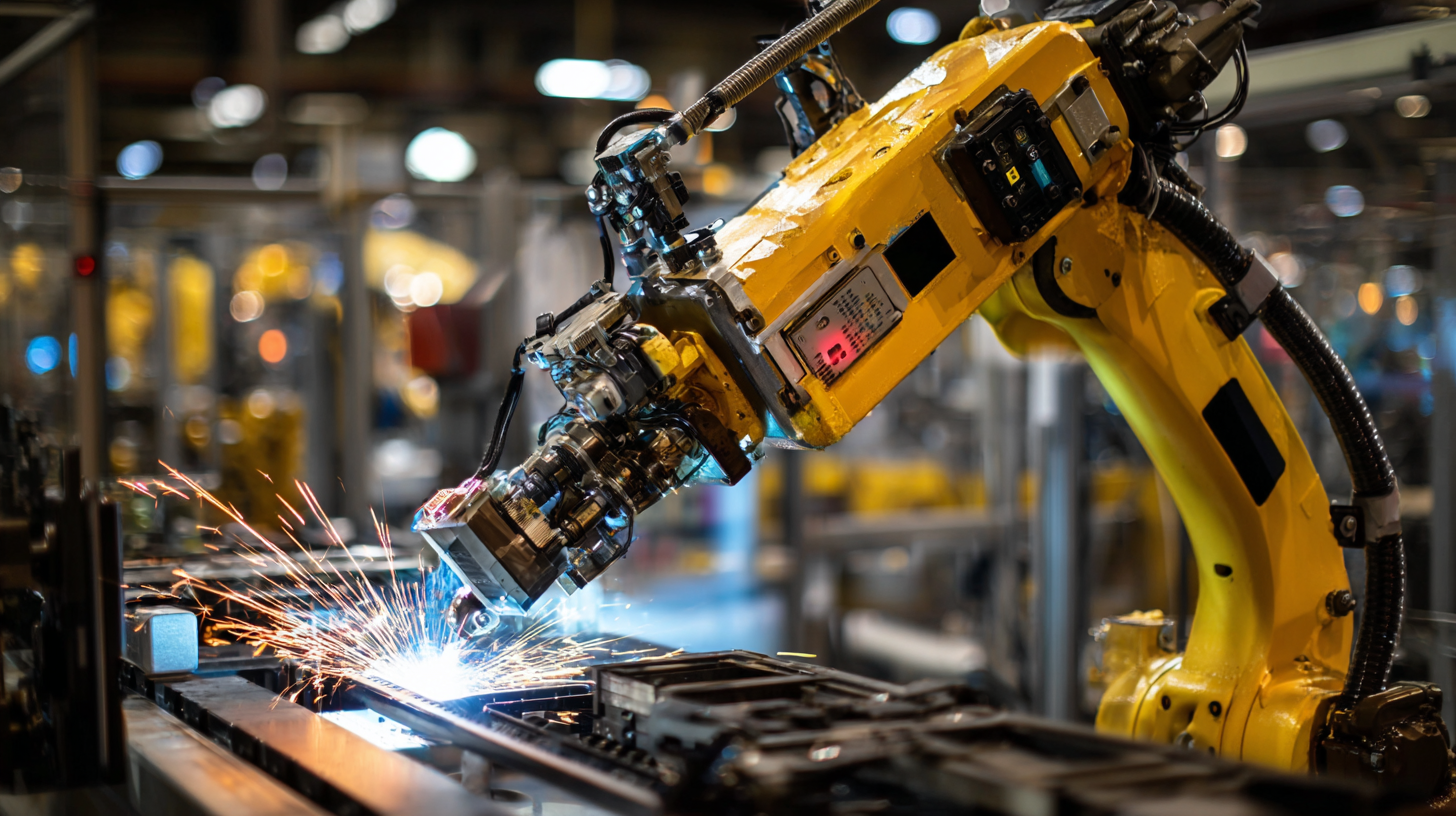
The integration of automated welding robots is projected to lead to productivity increases of up to 30%, as emphasized by industry analysts from Global Market Insights. This surge in efficiency not only reduces operational costs but also minimizes human error, improves weld quality, and enhances workplace safety. Furthermore, companies that have adopted automated welding solutions have reported significant reductions in cycle time and improved throughput, making them more competitive in a rapidly evolving market. As we explore the top five automated welding robots of 2025, we will examine their features, capabilities, and impact on the industry's future.
Emerging Technologies in Automated Welding Robots for 2025
The landscape of automated welding is set to transform dramatically in 2025, driven by emerging technologies that enhance both productivity and precision. Among the advancements, artificial intelligence (AI) algorithms integrated into welding robots will allow for real-time adjustments in welding parameters, ensuring optimal results across various materials and conditions. This technology not only minimizes errors but also reduces the need for extensive operator training, making automated systems more accessible to a wider range of industries.
Additionally, the integration of advanced sensors and machine learning capabilities will enable these robots to learn from past operations, improving their efficiency over time. Innovations such as ultrasonic and laser welding technologies are also gaining traction, allowing for deeper penetration and better joint integrity with reduced heat input. As these automated welding solutions evolve, businesses are expected to experience a significant productivity increase—potentially up to 30%—transforming manufacturing processes and setting new standards for quality and speed in the industry.
2025 Top 5 Automated Welding Robots Revolutionizing Efficiency with 30% Productivity Increase
| Robot Model | Productivity Increase (%) | Key Features | Application Areas | Estimated Cost (USD) |
|---|---|---|---|---|
| Model A | 30% | Adaptive control, real-time monitoring | Automotive, aerospace | $50,000 |
| Model B | 35% | High precision, integrated AI | Shipbuilding, construction | $70,000 |
| Model C | 28% | User-friendly interface, fast setup | Metal fabrication, rail industry | $45,000 |
| Model D | 32% | Multi-tasking capabilities, robust design | Heavy industry, manufacturing | $60,000 |
| Model E | 30% | Remote diagnostics, energy-efficient | Electronics, appliance manufacturing | $55,000 |
Key Features Driving Efficiency in Top Welding Robots
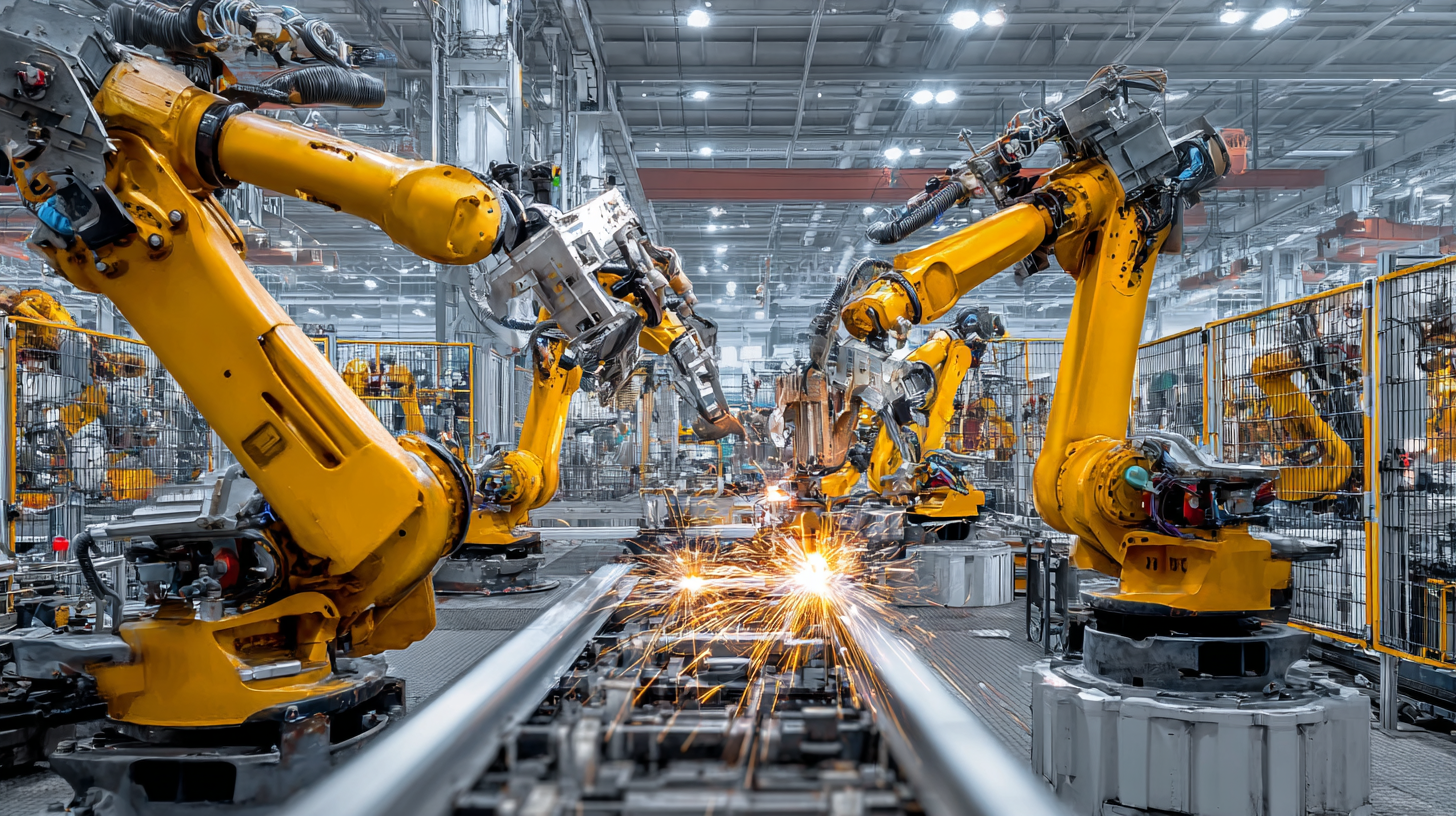 The automated welding robot market is witnessing a remarkable transformation, with key advancements driving efficiency in welding operations. These robots are engineered to enhance productivity by approximately 30%, significantly impacting industries like automotive, aerospace, and manufacturing. Central to their performance are features such as precision control, adaptive learning technology, and integrated safety mechanisms, which streamline the welding process and reduce downtime.
The automated welding robot market is witnessing a remarkable transformation, with key advancements driving efficiency in welding operations. These robots are engineered to enhance productivity by approximately 30%, significantly impacting industries like automotive, aerospace, and manufacturing. Central to their performance are features such as precision control, adaptive learning technology, and integrated safety mechanisms, which streamline the welding process and reduce downtime.
According to industry analysis, the robotic welding market is projected to grow at a compound annual growth rate (CAGR) of nearly 10% through 2025. Welding robots, including autonomous systems and collaborative robots (cobots), are increasingly being adopted to meet the rising demand for quality and speed in production lines. Among top-performing models, the ability to perform complex joint configurations and multitask in assembly lines stands out as a game-changer.
Tip: When considering an automated welding solution, assess the compatibility of the robot with existing equipment and processes to maximize investment returns. It's also beneficial to choose systems that offer real-time monitoring and analytics for improved decision-making.
Tip: Investing in training for your workforce on how to operate and maintain robotic welding systems can enhance the efficiency gains and ensure a smooth integration into your production workflows.
Comparative Analysis of Productivity Gains in Welding Automation
The landscape of welding automation is evolving rapidly, with advanced robots leading the charge towards enhanced efficiency and productivity. In recent years, the emergence of top-tier automated welding robots has demonstrated remarkable capabilities, achieving up to a 30% increase in productivity. This comparative analysis explores how these innovations are transforming traditional welding practices, making them not only faster but also significantly more accurate.
When implementing automated welding solutions, businesses should consider the unique needs of their operations. Assessing the complexity of the projects and the types of materials used can guide the selection of the right robot. Moreover, investing in training for operators can maximize the benefits of automation, ensuring that the technology is used effectively.
Another important tip is to monitor and analyze welding processes regularly. Collecting data on production rates and quality metrics can provide insights into areas needing improvement, further driving productivity gains. Integrating advanced data analytics tools with welding robots can facilitate real-time adjustments and elevate overall performance, making the most of the automation investment.
Future Trends in Automated Welding Robotics for Industry 4.0
The advent of Industry 4.0 is fundamentally transforming the landscape of manufacturing through automation and sophisticated technologies. Automated welding robots are at the forefront of this revolution, offering significant advancements in efficiency and precision. These robots leverage artificial intelligence, sensors, and the Internet of Things (IoT) to optimize production processes, leading to a remarkable 30% increase in productivity. As the demand for high-quality welding in sectors like automotive manufacturing intensifies, the prevalence of smart welding solutions is expected to grow.

In the context of rising labor costs and the need for enhanced throughput, industry players are increasingly adopting automated welding technologies. By minimizing human error and ensuring consistent quality, these robots not only streamline operations but also address key challenges faced by manufacturers today. With projections indicating substantial growth in the global welding market, the integration of advanced robotic systems marks a pivotal step towards a smarter, more efficient industrial future, reflecting broader trends within the automated manufacturing sector.
Case Studies: Success Stories of Productivity Increase with Robotics
In the realm of automated welding, several companies have showcased remarkable success stories demonstrating significant productivity increases through robotics. For instance, a major automotive manufacturer implemented advanced robotic welding systems, leading to a 30% boost in production rates. By integrating precision and speed, the robots minimized human error and reduced cycle times, allowing the manufacturer to meet rising market demands while maintaining high-quality standards. The investment in automated technology not only streamlined the welding process but also optimized the overall workflow, setting a new benchmark in the industry.
Another compelling case study comes from a construction equipment firm that adopted automated welding robots for their production lines. Prior to this transition, the company faced challenges in meeting project deadlines due to slow manual welding processes. After implementing robotic solutions, the firm reported a dramatic decrease in production time, allowing them to complete projects ahead of schedule. This enhancement not only improved their competitive edge but also elevated employee satisfaction, as team members could focus on more complex tasks rather than repetitive welding jobs. These success stories underline the transformative impact of robotics in the welding sector, heralding a new era of efficiency and productivity.
Related Posts
-
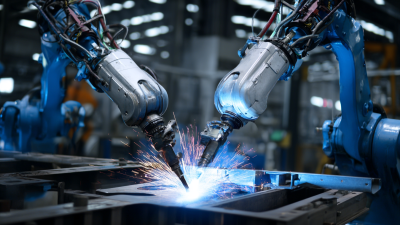
The Future of Manufacturing How Robotic Welding Machines Are Revolutionizing the Industry
-

Revolutionizing Efficiency: How Robotic Process Automation Solutions Transform Modern Workflows
-
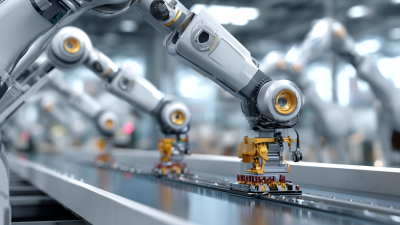
Exploring the Future of Work with Robotic Automation Solutions
-
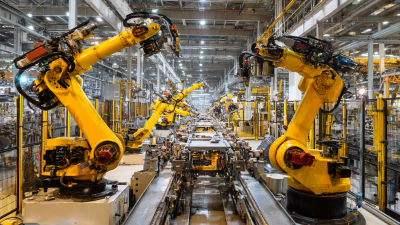
Revolutionizing Manufacturing: The Impact of Automated Welding Cells on Production Efficiency
-
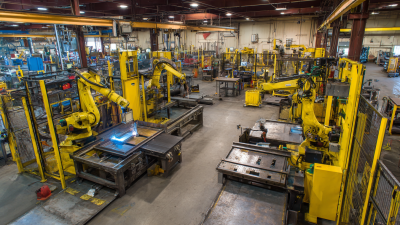
Maximizing Efficiency in Manufacturing with Advanced Robotic Welding Systems and Their Impact on Production Rates
-

What is Robot Parts? A Comprehensive Guide to Components and Their Uses in Robotics
